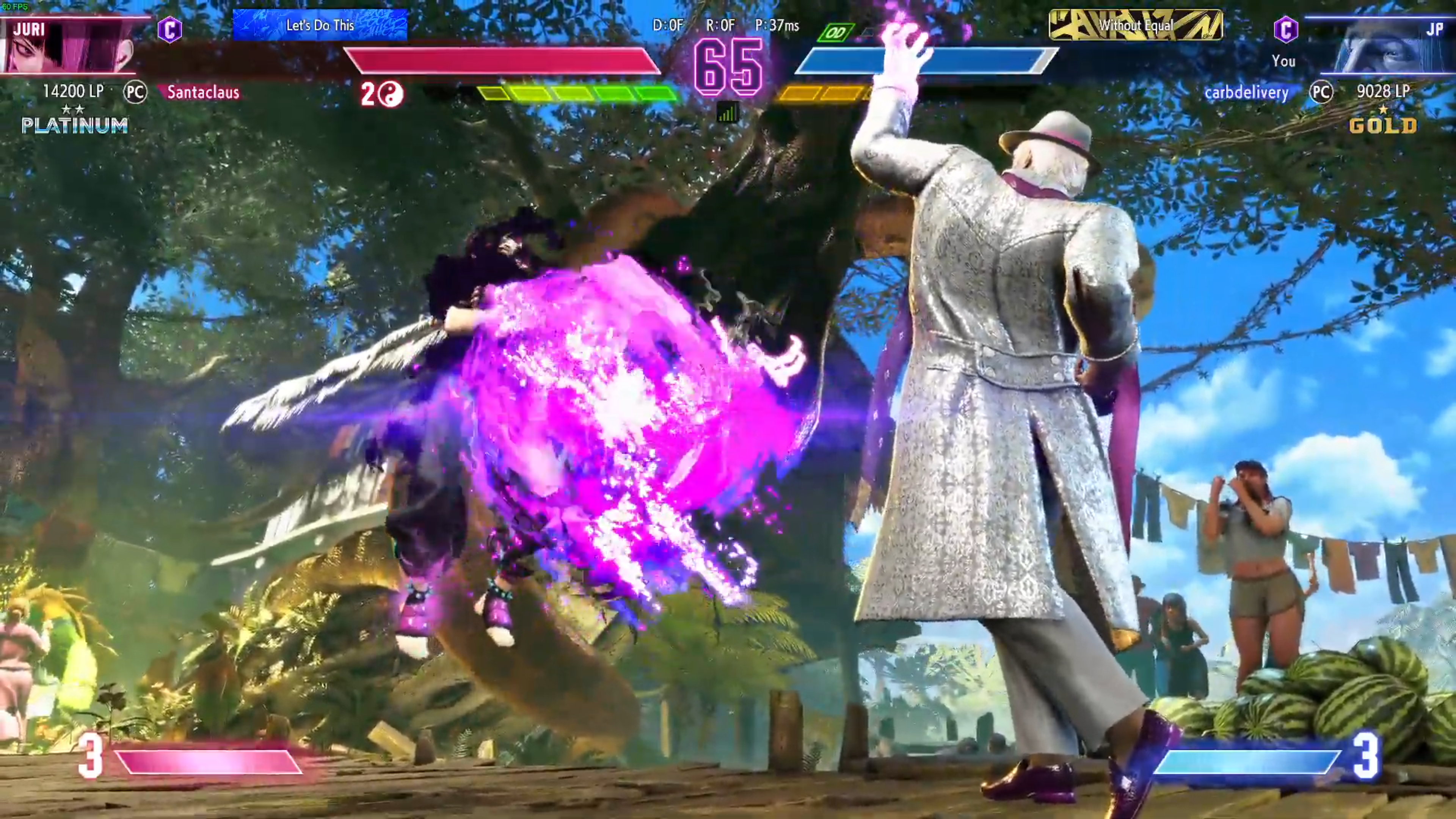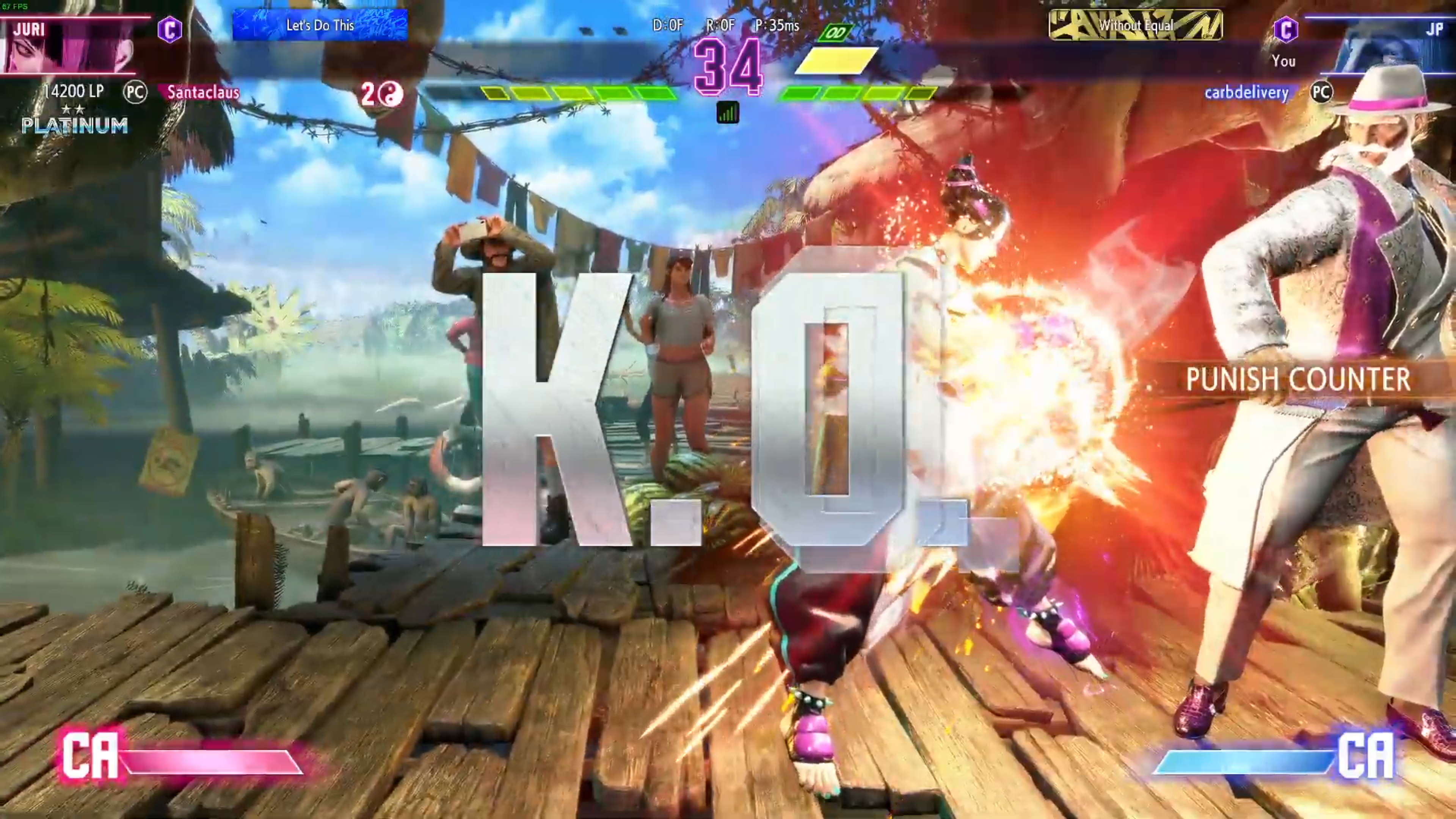Capcom’s Street Fighter series, first launched in 1987, has become a mainstay in the gaming world. Renowned for its iconic characters and hard-hitting combat mechanics, the latest entry, Street Fighter 6, has garnered much excitement from the gaming community. Yet, despite its strengths, certain issues particularly affecting the PC version of the game, have drawn critical attention from players.
Challenges with Keyboard Controls
One of the foremost issues pertains to the keyboard controls. For a competitive fighting game like Street Fighter 6, precise control is key. Every button press, every directional input, and every combo string can potentially determine the outcome of a match. For players who prefer using a keyboard over a controller or an arcade stick, the limitations present in the game’s control configurations can be frustrating.

Menu Navigation and Gameplay Limitations
Specifically, the keyboard restrictions in Street Fighter 6 are quite stringent. Any keys to the right of P, L, and M are not recognised by the game, thus limiting the keyboard’s playable area and consequently the player’s accessibility and comfort. These constraints not only affect gameplay but also bleed into the realm of menu navigation. No matter the personalised settings one may have for the World Tour Mode, the game reverts to the default WASD keys for navigation and the F key for confirmation.
Contrast with Other Fighting Games
What adds to the inconvenience is that the issue persists even within the World Tour Mode. The mini-games within this mode also default to the WASD plus F to confirm layout, leading to inconsistencies in the control experience. This is a stark contrast to other fighting games like Guilty Gear Strive, which allows different sets for battle and menu control, accommodating player preferences and ensuring a smoother gaming experience.
Replay Viewing: A Two-Step Process
Another matter of concern for Street Fighter 6 PC users is the viewing of match replays. The process is somewhat counter-intuitive, necessitating users to first add replays to their list before they can watch them through a separate replay channel. This two-step process feels cumbersome and somewhat outdated in the modern gaming landscape, especially considering that the previous entry, Street Fighter V, had already implemented a more streamlined system.
Direct Replay Viewing in Street Fighter V
In Street Fighter V, players could directly view replays from the profile list, a more efficient and user-friendly method. It begs the question: if a preceding title in the series successfully addressed this issue, why has Street Fighter 6 returned to a less optimal interface?
The Influence of Peripheral Elements on Gameplay
To be fair, it’s important to distinguish between the core gameplay and the peripheral elements such as menuing and control mapping. By most accounts, Street Fighter 6’s gameplay is awesome; by my account as well. The mashed up systems of previous entries, JP and Marisa being really fun characters, and World Tour Mode of course, which far exceeded my expectations. It’s only when we venture into the realm of interface design and control layout that the game falters.

Improving the Player Experience
While the game’s design aspects may not directly impact the actual gameplay, they do play a significant role in shaping a player’s overall experience. It’s like a restaurant where the food is excellent, but the cutlery isn’t quite up to the mark. It doesn’t change the quality of the meal, but it does affect the dining experience.
Anticipating Capcom’s Response
To improve the player experience in Street Fighter 6, Capcom may need to take a leaf out of Guilty Gear Strive’s book for control settings and take a look back at Street Fighter V for replay accessibility. A game, after all, isn’t just about the battles you fight, but also about the ease with which you can engage with all its features.
Looking to the Future of Street Fighter 6
In anticipation of forthcoming updates, I find myself harbouring a sincere hope that Capcom will give heed to these issues of interface and control. There is no denying that, notwithstanding these troubles, Street Fighter 6 stands as a sterling addition to the illustrious legacy of the Street Fighter series. Yet, my personal conviction remains that the game could reach even greater heights by attending to these somewhat overlooked, but nonetheless significant details.

Leave a Reply